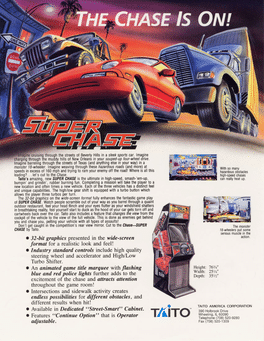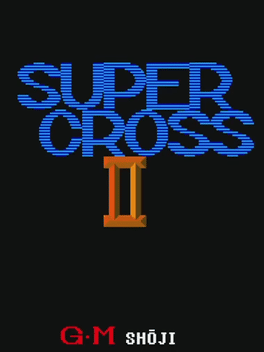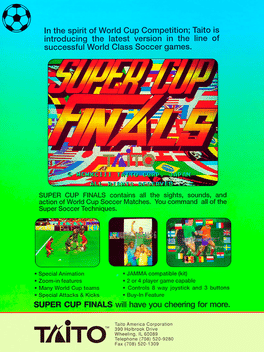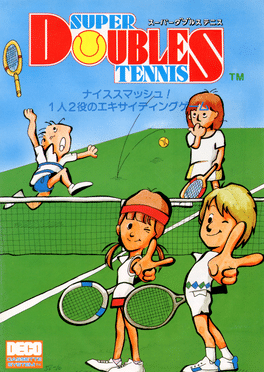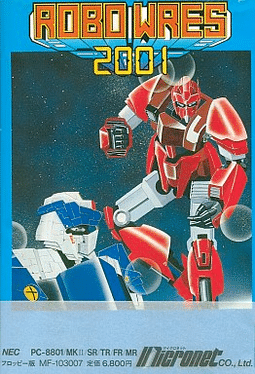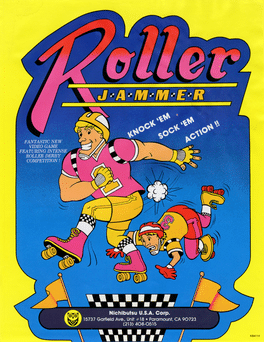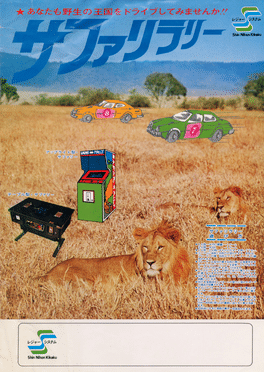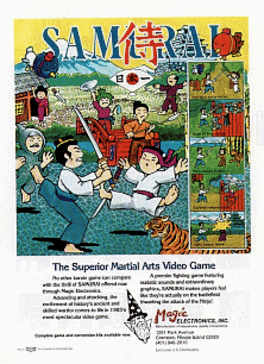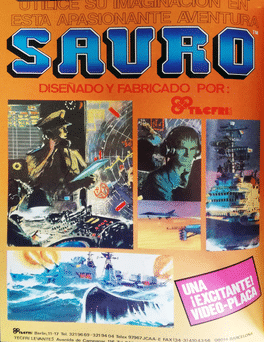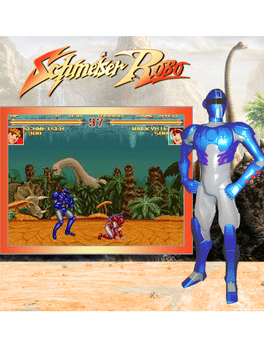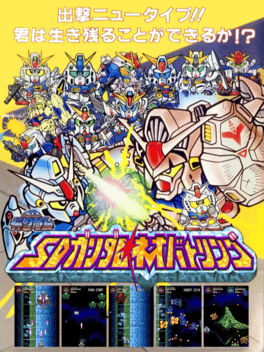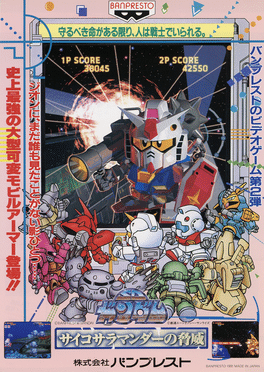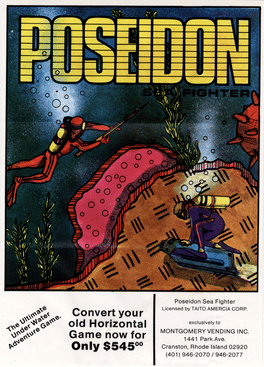Most Popular Arcade Games - Page 100
-
Super Chase: Criminal Termination
1992
Once again you control a police car that must clear enemy fire and find the target car within the time limit. -
Super Cross II
1986
Super Cross II
1986
An enduro racing game. The player have to pass all the checkpoints before the time runs out. -
Super Cup Finals
1993
Super Cup Finals
1993
A soccer game with a perspective playing field. Play against the computer or other human players. -
Super Doubles Tennis
1983
-
Riddle of Pythagoras
1986
Riddle of Pythagoras
1986
Bounce a ball around the screen to eliminate blocks and score points. Deflect the ball using your paddle. -
Rim Rockin' Basketball
1991
This four-player game approaches basketball with a more serious attitude than some of the more well-known modern basketball games. Control one of five players on your team: Dribble, pass, shoot into the basket for score! Now repeat. -
Robo Wrestle 2001
1986
-
Rock Climber
1981
-
Roller Jammer
1984
-
Runaway
1982
-
S.R.D. Mission
1986
-
Saboten Bombers
1992
Saboten Bombers
1992
A multi-level platform game where the player controls a cactus that has to dodge and defeat its enemies. -
Safari Rally
1979
Safari Rally
1979
A maze game where the player guides a car through a maze-like forest collecting coins while avoiding an enemy cars and snakes. -
Samurai Nihon-Ichi
1985
Samurai Nihon-Ichi
1985
Very difficult, highly obscure action fighter in the vein of Kung Fu Master. Here, move left to right through feudal Japan settings (bamboo forests, over bridges, clearings, villages, etc.) while dealing with various enemies that will kill you with one blow! And no continues either! You have overhead strikes or low, rising strikes with your sword to dispatch your enemies with (fortunately they only take one blow as well). You can also duck or jump by pressing down or up on the joystick, respectively. -
Sauro
1987
-
Schmeiser Robo
1993
Schmeiser Robo
1993
Schmeiser Robo plays much like other 2D versus fighting games of its era, with characters battling in best-two-out-of-three matches against the CPU or another player. It uses an 8-way joystick and three buttons (punch, kick, and guard), introducing one of the earliest dedicated guard buttons in the genre. Unlike typical fighting games, the guard button allows movement even when pressed repeatedly, though it does not block attacks. It also supports advanced defensive and offensive options including short hops, air-guarding, parrying (early form of guard-canceling), counter-attacking, and rush-attacks -
Screw Loose
1983
Screw Loose
1983
Navigate the Robop character around a 3-D perspective playfield while shooting enemies and gathering items for points. Avoid the Inchworm since it will steal your hands! -
SD Gundam Neo Battling
1992
Choose an SD Gundam and destroy Zion units in this vertically scrolling shooter. Hold down the Shoot button for a few seconds and release to use the SD Gundam's secret weapon. -
Sea Fighter Poseidon
1984
Sea Fighter Poseidon
1984
Rescue hostages while defeating the enemy. The number of hostages to rescue increases with each level. When all the hostages have been rescued, the level ends.
